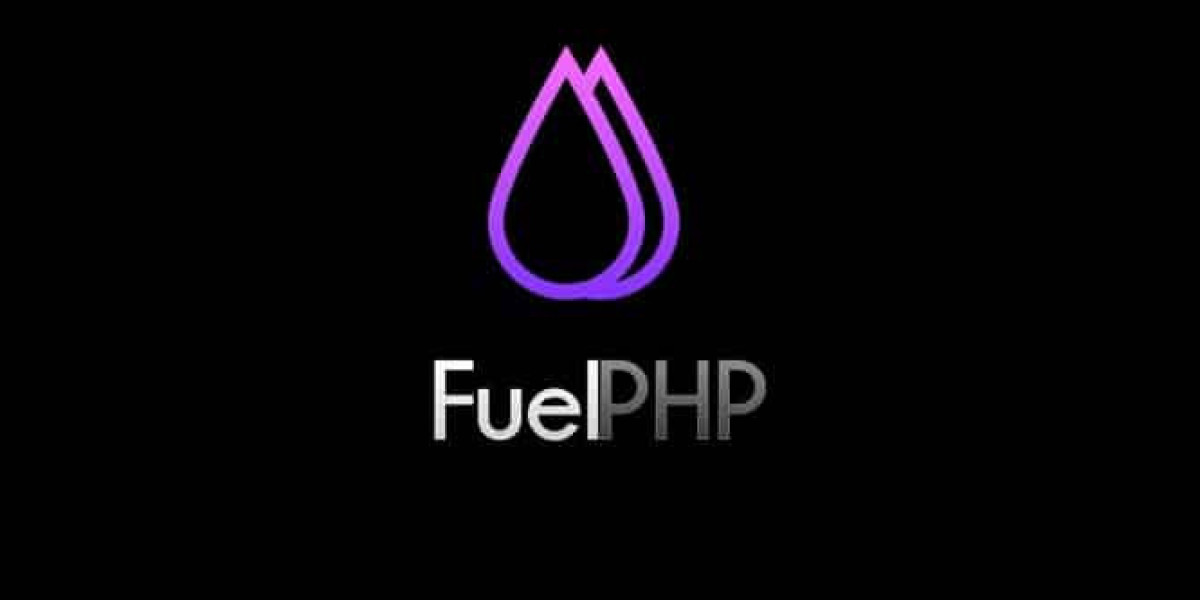FuelPHP is a powerful, flexible, and open-source PHP framework that allows developers to create web applications efficiently and effectively. Launched in 2011, Fuel PHP is designed with simplicity, security, and speed in mind, making it an excellent choice for modern web development. In this article, we will explore what FuelPHP is, its key features, benefits, and how it can enhance your PHP development experience.
What is FuelPHP?
FuelPHP is a full-stack PHP framework that follows the Model-View-Controller (MVC) architectural pattern. This framework is known for its modular structure, which allows developers to utilize only the components they need for their applications. By adopting a simple and straightforward approach, FuelPHP enables developers to create scalable and maintainable web applications without unnecessary complexity.
Key Features of FuelPHP
FuelPHP comes with a range of features that cater to the needs of developers. Some of its most notable features include:
HMVC Support: FuelPHP supports Hierarchical Model-View-Controller (HMVC), allowing developers to create modular applications. This structure enables better organization of code, making it easier to manage and scale applications.
RESTful Architecture: FuelPHP is built with RESTful principles in mind, making it easier to develop web services and APIs. This architecture allows for smooth communication between different components of an application.
Security Features: Security is a top priority for FuelPHP. It comes with built-in protection against common web vulnerabilities such as Cross-Site Scripting (XSS), Cross-Site Request Forgery (CSRF), and SQL Injection. This ensures that applications developed using FuelPHP are secure and reliable.
Flexible Routing: FuelPHP offers flexible routing capabilities, allowing developers to define custom routes easily. This feature enhances the application's organization and improves the overall user experience.
Built-in ORM: FuelPHP includes a built-in Object-Relational Mapping (ORM) system, making it easier for developers to interact with databases. This feature simplifies data manipulation and enhances the efficiency of database operations.
Caching Support: FuelPHP supports various caching mechanisms, which can significantly improve application performance. By caching data, developers can reduce the load on servers and enhance the speed of their applications.
Benefits of Using FuelPHP
Using FuelPHP for web application development offers several advantages:
Rapid Development: FuelPHP's modular architecture and built-in features allow developers to build applications quickly. This rapid development process can lead to shorter project timelines and reduced costs.
Enhanced Security: With its focus on security, FuelPHP helps developers create applications that are less susceptible to attacks. This enhances user trust and protects sensitive data.
Scalability: The modular structure of FuelPHP enables developers to build scalable applications that can grow with their business needs. This flexibility is crucial for businesses looking to expand their online presence.
Strong Community Support: FuelPHP has an active and supportive community of developers. This community offers a wealth of resources, tutorials, and forums where developers can seek assistance and share knowledge.
Comprehensive Documentation: FuelPHP provides thorough documentation that covers all aspects of the framework. This resource is invaluable for both novice and experienced developers, making it easier to learn and implement.
Getting Started with FuelPHP
To get started with FuelPHP, follow these steps:
Installation: First, ensure that you have PHP and Composer installed on your machine. You can install FuelPHP using Composer by running the following command in your terminal:
bashcomposer create-project fuel/fuel your-project-nameDirectory Structure: Familiarize yourself with the directory structure of a FuelPHP application. Key directories include:
- app: Contains the application logic, including controllers, models, and views.
- fuel: Contains the framework files.
- public: The document root for your application, containing the index.php file and assets.
Creating a Simple Application: Start by creating a simple controller. In the
app/classes/controllerdirectory, create a new file namedHello.php:phpclass Controller_Hello extends Controller{ public function action_index() { return 'Hello, FuelPHP!'; }}Routing: Define a route in
app/config/routes.phpto access your controller:phpreturn array( '_root_' => 'hello/index', // The default route);Run Your Application: Start your local development server and access your application via your web browser. You should see "Hello, FuelPHP!" displayed on the screen.
FuelPHP vs. Other PHP Frameworks
FuelPHP competes with other popular PHP frameworks, such as Laravel, Symfony, and CodeIgniter. Here’s a brief comparison of FuelPHP with these frameworks:
FuelPHP vs. Laravel: While both frameworks offer powerful features and a robust community, Laravel is often praised for its elegant syntax and extensive ecosystem. FuelPHP, on the other hand, focuses more on flexibility and modularity.
FuelPHP vs. Symfony: Symfony is known for its high performance and extensive functionality, making it suitable for large-scale applications. FuelPHP, while less feature-rich, offers a simpler learning curve and quicker setup.
FuelPHP vs. CodeIgniter: CodeIgniter is known for its lightweight design and speed. FuelPHP offers more advanced features, such as HMVC and built-in ORM, providing developers with more options for building complex applications.
Best Practices for FuelPHP Development
To make the most out of FuelPHP, consider the following best practices:
Follow MVC Principles: Adhere to the MVC architecture to keep your code organized and maintainable. This structure promotes separation of concerns, making it easier to manage your application.
Utilize HMVC: Take advantage of FuelPHP's HMVC capabilities to create modular applications. This approach enhances code reusability and simplifies maintenance.
Implement Security Measures: Always prioritize security by utilizing FuelPHP's built-in features. Regularly update your application to protect against vulnerabilities.
Optimize Performance: Use caching mechanisms provided by FuelPHP to improve application performance. Monitor performance and make adjustments as needed.
Engage with the Community: Participate in FuelPHP forums and discussions to learn from other developers and stay updated on the latest developments. Sharing knowledge can lead to new insights and improvements.
Conclusion
FuelPHP is a versatile and powerful PHP framework that caters to the needs of modern web developers. With its focus on security, modularity, and performance, FuelPHP stands out as an excellent choice for building robust web applications. By following best practices and leveraging the framework's features, developers can create scalable and maintainable applications that meet their business goals.
Whether you are a seasoned developer or just starting, FuelPHP provides the tools and resources necessary to excel in PHP development. Embrace the power of FuelPHP and elevate your web application development experience.




